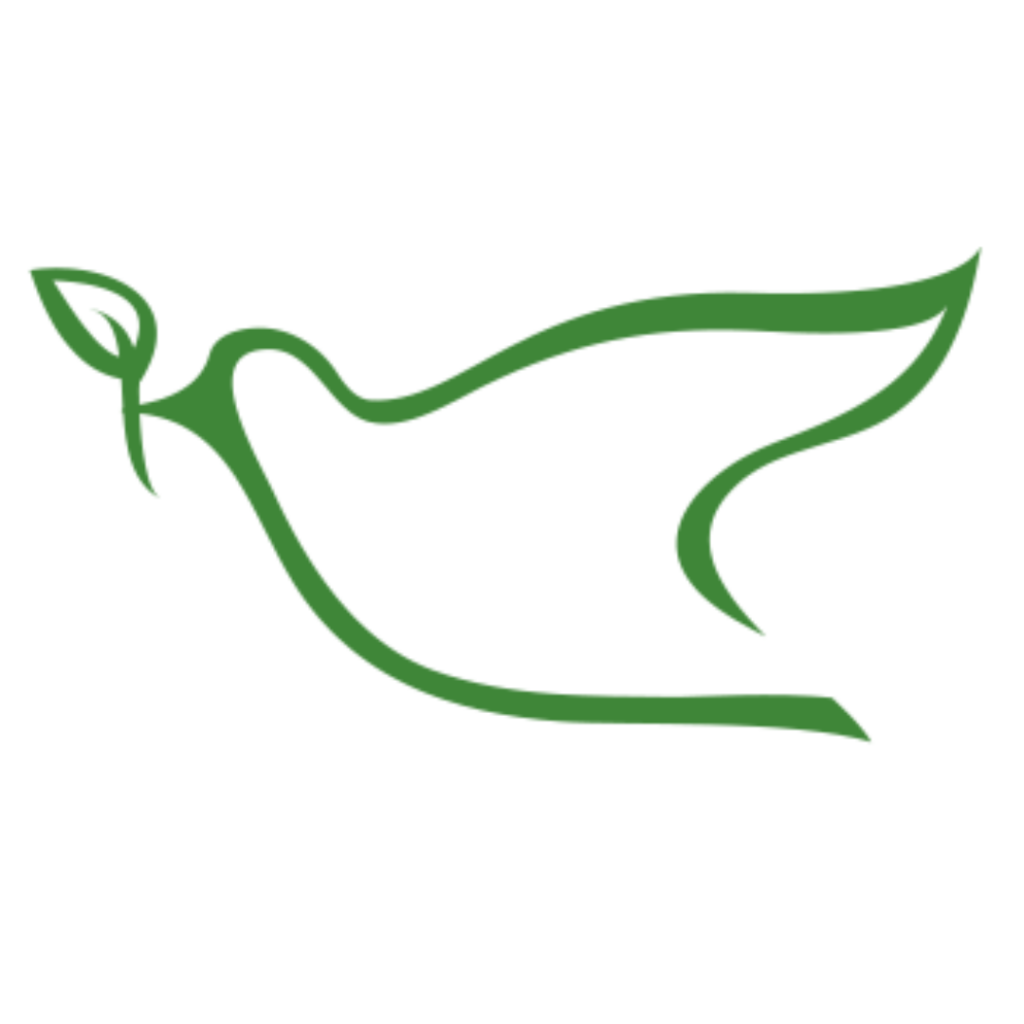The Critical Concerns: A Wellspring of Mercy
Transforming Lives: La Casa de la Mujer and Non-Violence
By Verónica Estrade, Communications
Elena Razzoti has been a Mercy associate for almost 15 years. She joined the community because of her interest in learning more about the life of Catherine McAuley and the Mercy charism modeled by the sisters she worked with in Argentina: Sisters Marta Barry, Cristina Mira and Charo Lillo. “Working with them helped me grow spiritually. I learned to do so in diversity and inclusion. I am very grateful and happy to do it,” says Elena.
In The Path of Mercy, Sister Mary Sullivan recounted the story of a young servant girl who came to Catherine, then still living at Coolock House, seeking a place to live because “her virtue was in danger,” presumably from sexual advances toward her by the master in the house where she worked. Catherine worked diligently to find the young girl safe lodging, but encountered only rigid procedures and delay, which ultimately proved a “calamity.” Elena was struck by this story. “What happened to Catherine with that young woman and how she thought the spaces created were not what that young woman needed is the same thing that happened to give rise to the Women’s House in Moreno.”
I spoke with Elena, and here are her responses.
How was the Casa de la mujer born?
Casa de la mujer, or the Women’s House, was an initiative of Sister Marta Barry. Like Catherine, she recognized that the original space intended for catechesis did not meet the needs of women. Marta understood that women needed a space of their own to talk about their problems and challenges, not only the chapel they went to with their children. Thus, she transformed the space into the center we know today. It has been operating for 25 years. In addition to ministering to the needs of women, Casa de la mujer also works with children and offers services like speech therapy and occupational therapy.
How many sisters are currently involved in the Casa de la Mujer?
Sister Marta Barry is still involved, although now more as a visitor. Sisters Charo Lillo and Inés Mocchi, Silvia Depascual, Alejandra Dedek, and I coordinate the work at the house along with other women. The team that works to help women who suffer violence and lack means, providing support in urgent situations. This includes providing access to a lawyer and a social psychologist.
At the same time, we have a staff of volunteer receptionists who are the first point of contact with the women. This is a key role as they provide a safe, warm space for the vulnerable women seeking help.
In your experience, what is the most frequent type of violence that women suffer?
Violence can manifest in many forms. The most known are physical, emotional and institutional violence. Physical violence can be intrafamilial or external; for example, abuse perpetrated by family members like parents, siblings, spouses or even children. Institutional violence includes mistreatment in health institutions, by police or any other public or private entity. Psychological and economic violence are also prevalent. Economic violence, in particular, is very prevalent as it limits a woman’s economic independence, affecting her ability to work and sustain herself, especially in cases of spousal separation.
What is the approach to addressing these violence issues at Casa de la Mujer?

Our approach is holistic. The women who come here seek to heal both physically and emotionally as their bodies and senses of self-esteem are affected by situations of violence.
Each workshop at the Casa de la Mujer is designed to cover different aspects of the healing process. For example, we have body workshops that include creative dance sessions, yoga, qigong, folklore, eutony and the like. Additionally, there is a mutual help workshop called “Organizing Emotions.” There are also workshops that provide spaces for connection and relaxation to help women build self-esteem. These workshops demonstrate to women that they are capable of learning trades and tools to allow them economic independence in the future. These workshops include crochet, macramé and a Reiki course.
For children, there is a group workshop adapted for this particular audience, also called “Organizing Emotions,” and other specific therapies like occupational therapy, early stimulation and speech therapy. We also have a clinical psychologist and counseling services.
This is very important because violence, especially psychological violence, involves making you feel like you are worth nothing; therefore, restoring self-esteem is fundamental to moving forward.
What brings you the most joy in the work done at the Casa de la Mujer?
What brings me the most joy is seeing women overcome their difficulties. When we see a woman move forward, study and achieve her goals, we feel that our work makes sense. Seeing women find strength and start a new chapter in their lives gives us deep satisfaction and confirms the positive impact of what we are doing.